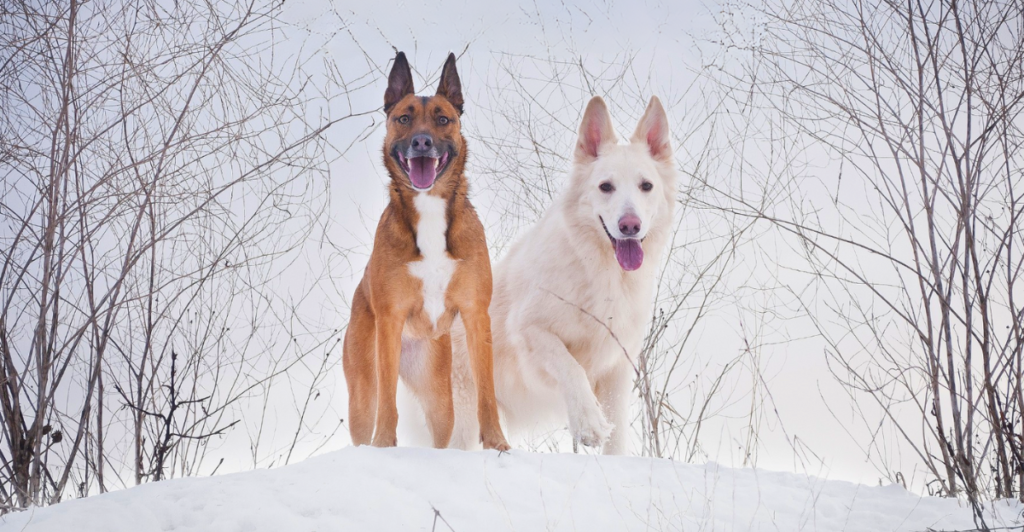
For the first time ever, two specially trained dogs have been dispatched to the Orkney Islands as part of a groundbreaking conservation initiative. Their mission: To help kill stoats that are taking over the landscape and threatening indigenous wildlife. The campaign is part of the Orkney Native Wildlife Project, which aims to safeguard the area’s ecology.
The Invasion of Stoats
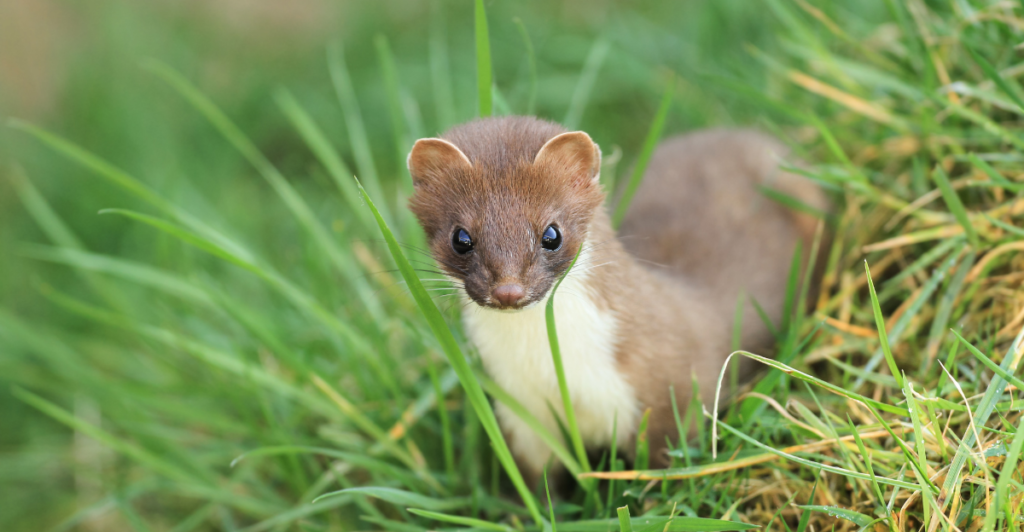
It was in 2010 that stoats initally came about. However they have since been a problemlatic species for the local ecosystem and fauna. Their presence is detrimental to Orkney voles, hen harriers, and short-eared owls, bird species that breed on the ground. Eradication of stoats is more important than ever.
The Orkney Native Wildlife Project
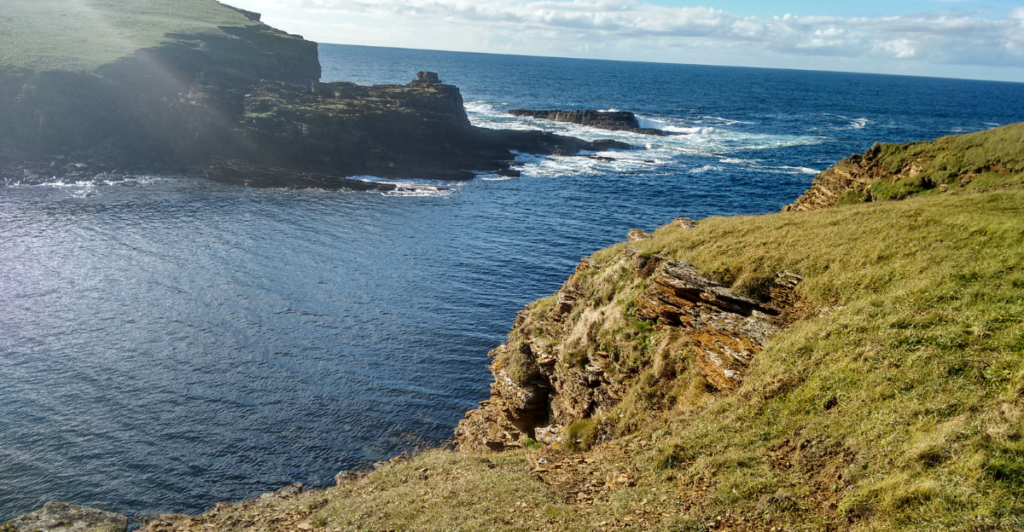
This has made it necessary to establish the Orkney Native Wildlife Project, which is a collaboration between RSPB Scotland, NatureScot, and Orkney Islands Council. The main aim of this project is to exterminate stoats on the islands, to protect other native species and ecological equilibrium.
Introducing Dog Detectives
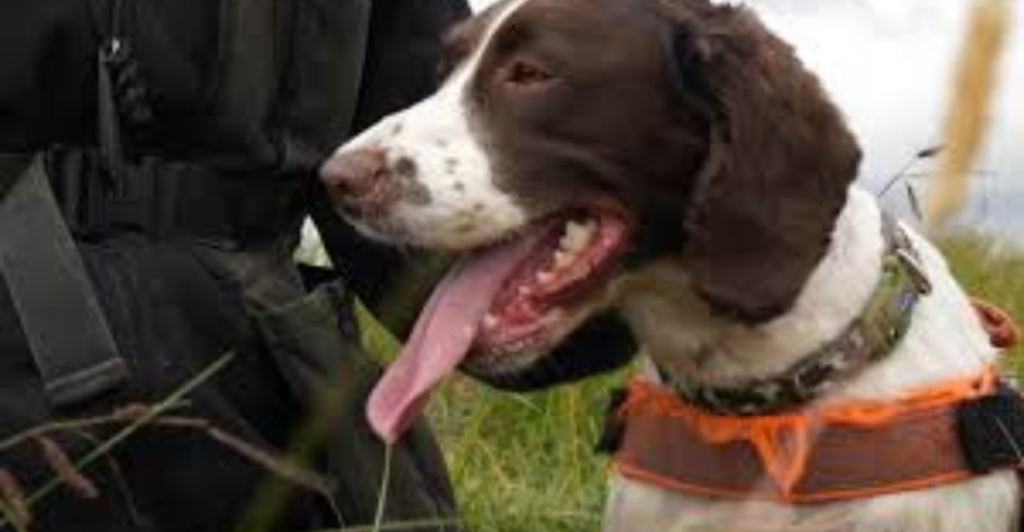
These are Europe’s first stoat detection dogs. They were specially trained for this project. They can recognize stoat scent and capture them with speed. This is a significant step in the conservation field.
Training and Deployment
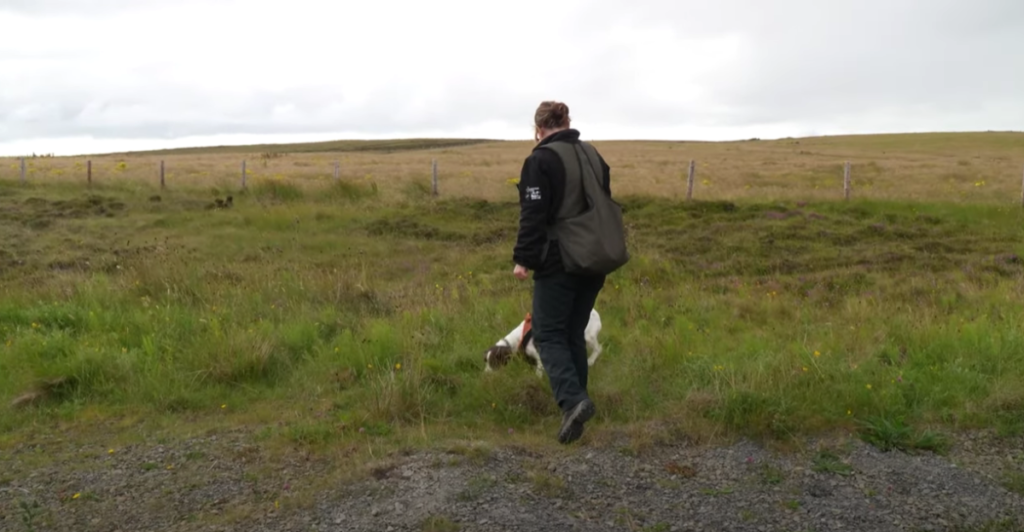
The dogs were trained to the best of their abilities to distinguish the stoat’s smell from that of other animals. Their handlers, who are also seasoned conservationists, accompany them when searching large areas, which makes the extermination process more efficient.
Effect on Local Wildlife

Ever since the project commenced in 2019, there has been an increase in the number of native species. For instance, Orkney voles have recorded a 200% expansion in activity, and ground-nesting birds have now been able to nest and breed.
Community Involvement
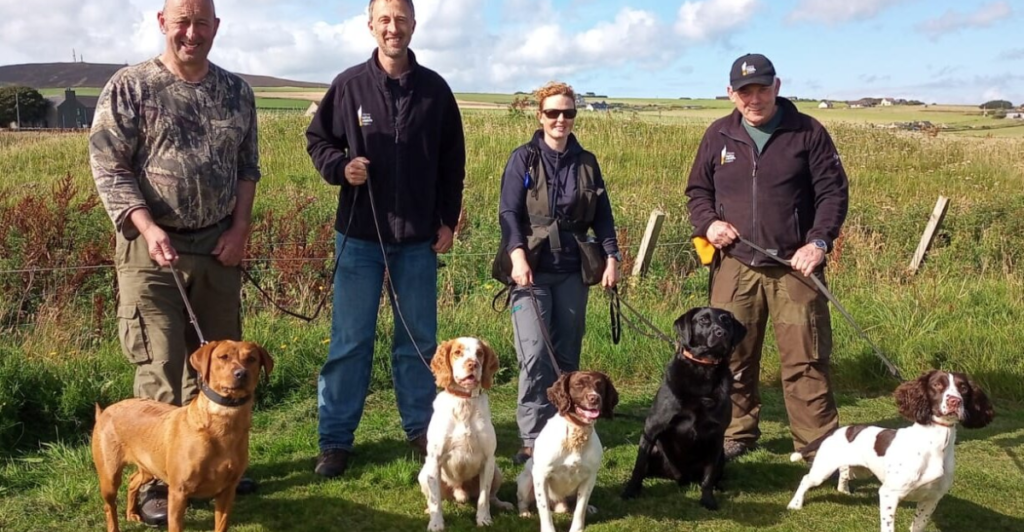
This type of initiative could not be possible without the support of the community. The people have been reporting stoat sightings and allowing the trapping to happen on their land. This collaboration is indicative of local people’s desire to protect their natural resources.
Technological Integration
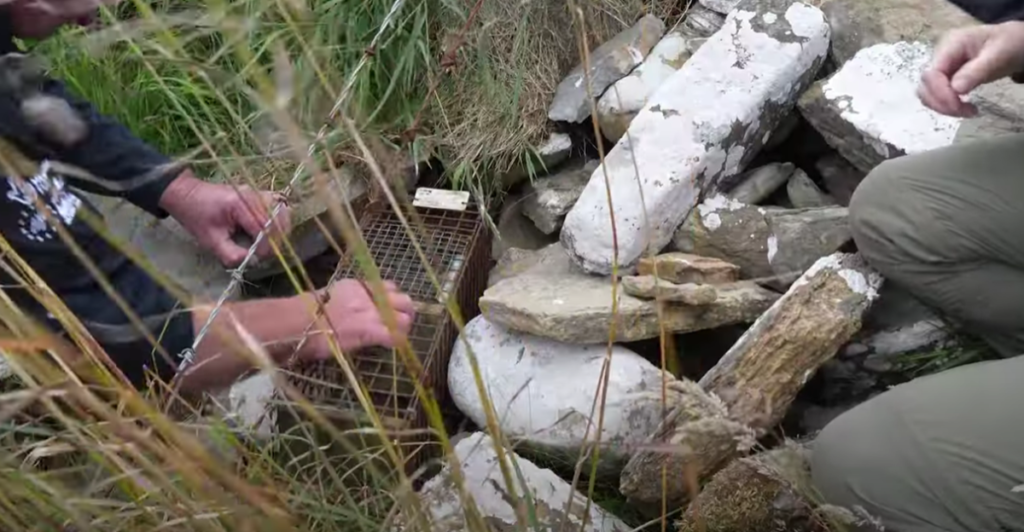
Beside using canine assistance, the project uses more than 8,000 humane trap boxes which are spread across the islands. This integration of conventional approaches and new strategies improves the overall effectiveness of stoat control and extermination.
Challenges Faced
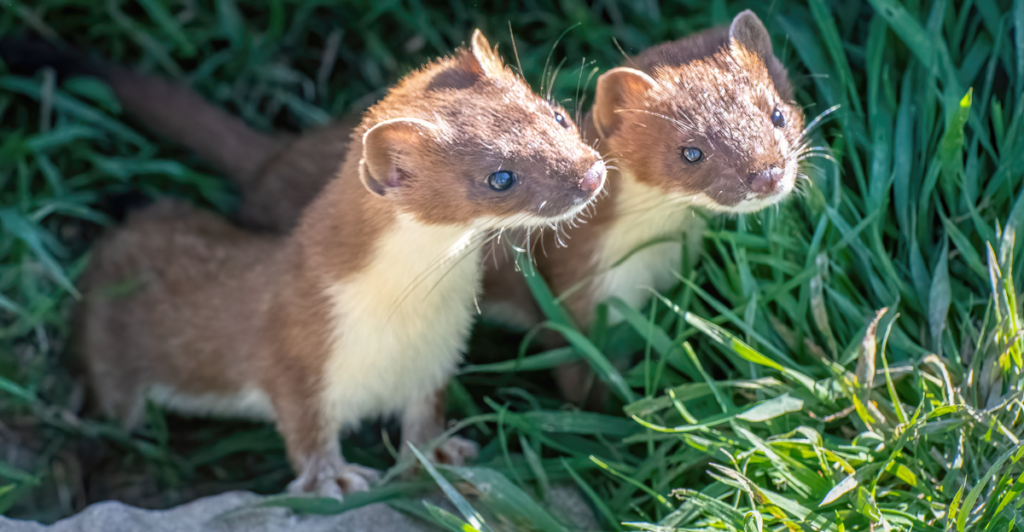
The elimination of an invasive species from a biologically diverse environment does not happen without difficulties. A lot of preparation, surveillance, and flexibility are needed to tackle unforeseen circumstances.
Funding and Resources

The project has received a large amount of funding, including £4 million from the National Lottery Heritage Fund and the Scottish Government’s Nature Restoration Fund. These resources are vital in the smooth continuation of operations and the attainment of desired goals.
Global Significance
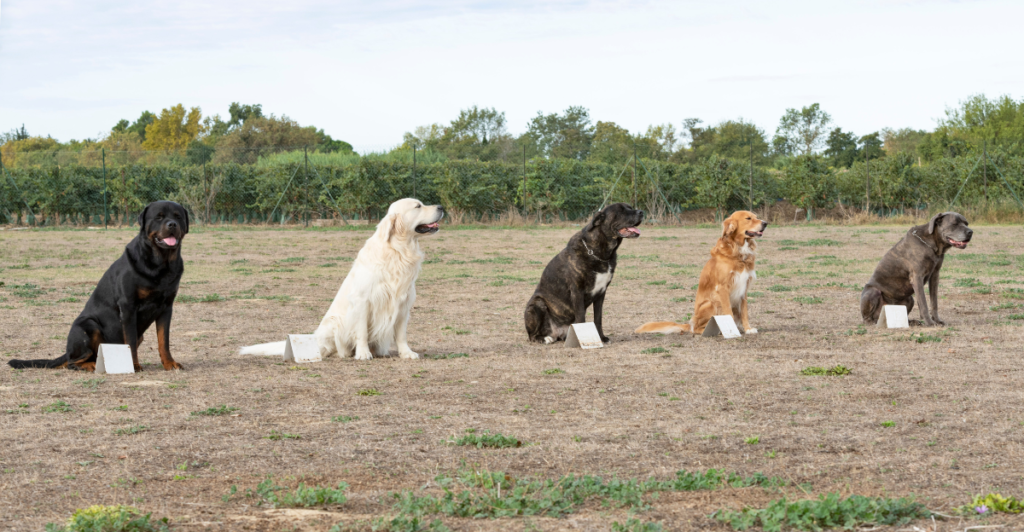
This endeavor is the biggest stoat eradication project attempted in an inhabited area worldwide. If successful, it can be used as a reference in other parts of the world with similar challenges, showing how community involvement, trained dogs, and planning can be effective.
Future Outlook
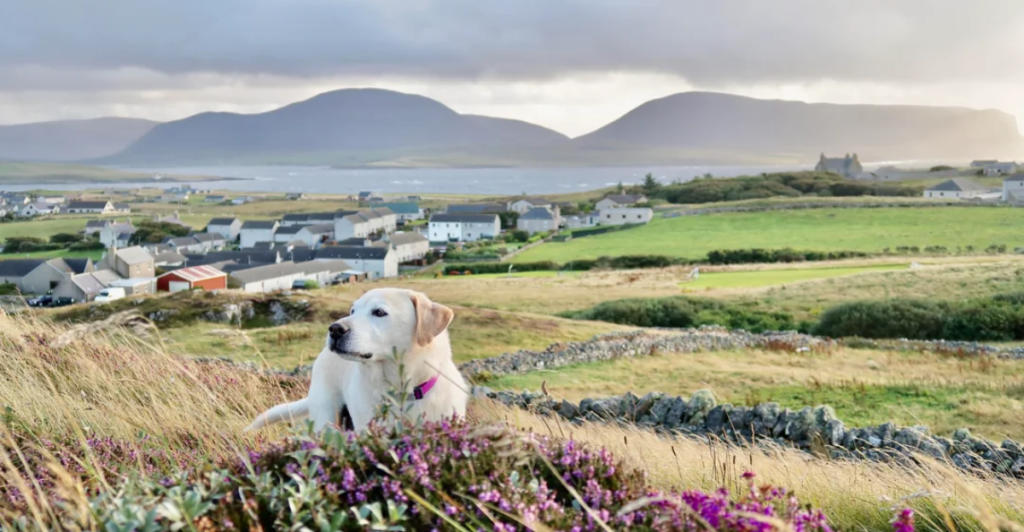
With diligent effort and assistance, it is hoped that Orkney becomes stoat-free by 2030. If this target is met, not only will the distinctive wildlife of the islands be protected, but the biodiversity and the ecological capital for the future will be enhanced.
Two Dogs Revive Wildlife in Orkney
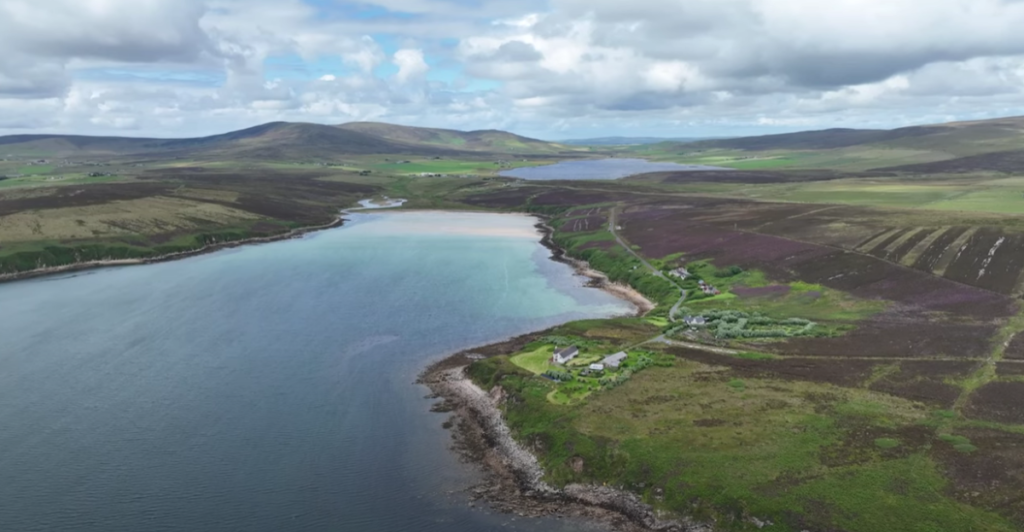
The freeing of these two wonderful dogs is a symbol of hope for conservation. Their essential work is an integral part of bringing back to life Orkney’s natural landscape and allowing its creatures to thrive in their native environment again.
Explore more of our trending stories and hit Follow to keep them coming to your feed!

Don’t miss out on more stories like this! Hit the Follow button at the top of this article to stay updated with the latest news. Share your thoughts in the comments—we’d love to hear from you!







